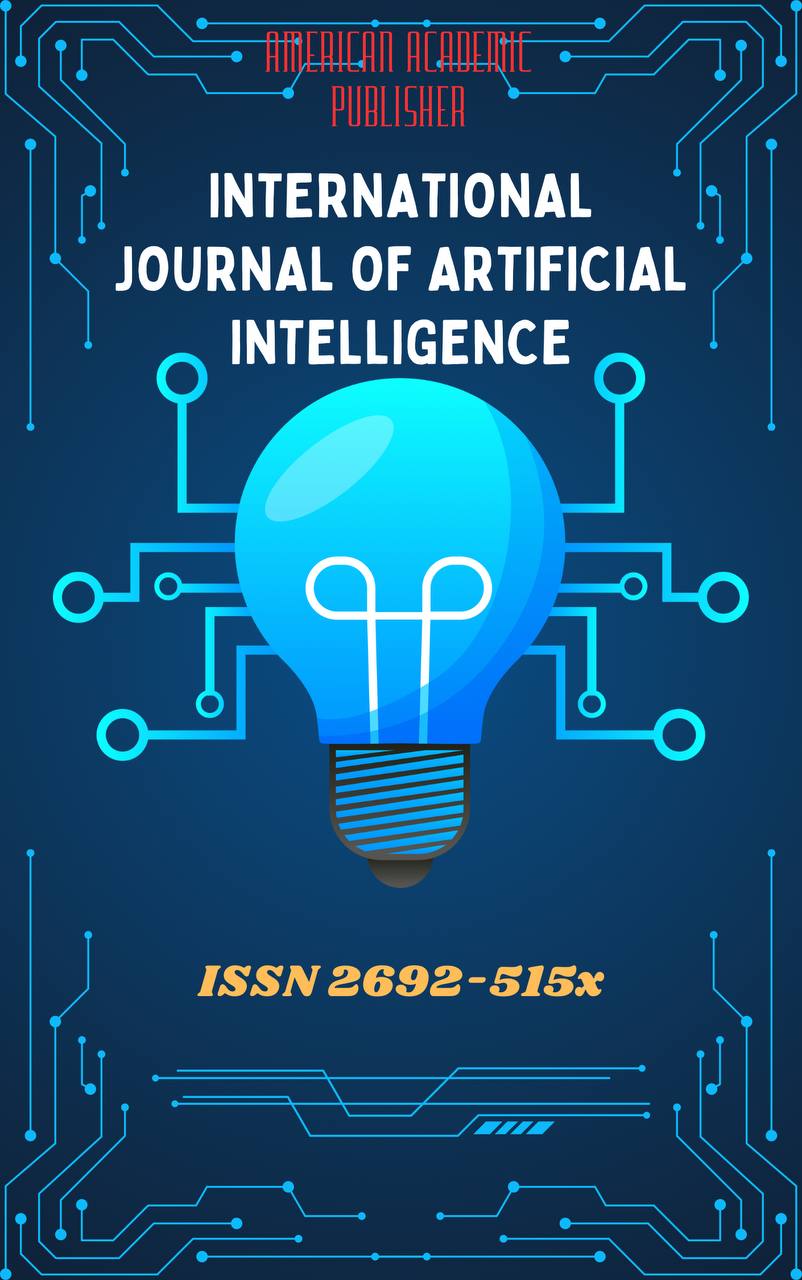 Articles
| Open Access |
Articles
| Open Access | DIFFERENTIATED TEACHING: CONTENTS, PRODUCTS AND PROCESS
N.B. Rasulova , Uzbekistan State World Languages University Faculty of English PhilologyAbstract
The article "Differentiated Teaching: Contents, Products and Process" explores the fundamental principles and practical applications of differentiated instruction in modern education. It examines how adapting the content, learning processes, and final learning products can meet the diverse needs, interests, and learning styles of students. The authors highlight the importance of flexibility in teaching strategies and the role of continuous assessment in personalizing instruction. Emphasis is placed on creating inclusive learning environments where all students are provided with equitable opportunities to succeed. The article offers practical recommendations for educators seeking to implement differentiated teaching effectively in their classrooms.
Keywords
content, differentiated instruction, learning style, teaching strategy, assessment, recommendations, students, skills, classroom discussions.
References
Affholder, L.P. (2003). Differentiated instruction in inclusive elementary classrooms. Unpublished EdD thesis. University of Kansas, Kansas.
Alavinia, P., & Farhady, S. (2012). Using differentiated instruction to teach vocabulary in mixed ability classes with a focus on multiple intelligences and learning styles. International Journal of Applied Science and Technology, 2(4), 72-82.
Anderson, K. (2007). Differentiating instruction to include all students. Preventing School Failure.
Audet, R. H., & Jordan, L. K. (2005). Integrating inquiry across the curriculum. Corwin Press.
Creswell, J. W. (2013). Research design: Qualitative, quantitative, and mixed methods approaches. SAGE.
Gregory, G., & Kuzmich, L. (2004). Data driven differentiation in the standards-based classroom. Thousand Oaks, Calif: Corwin Press.
Delisle, J. R. (2015, January 7). Differentiation doesn’t work—education week.
Article Statistics
Downloads
Copyright License

This work is licensed under a Creative Commons Attribution 4.0 International License.

